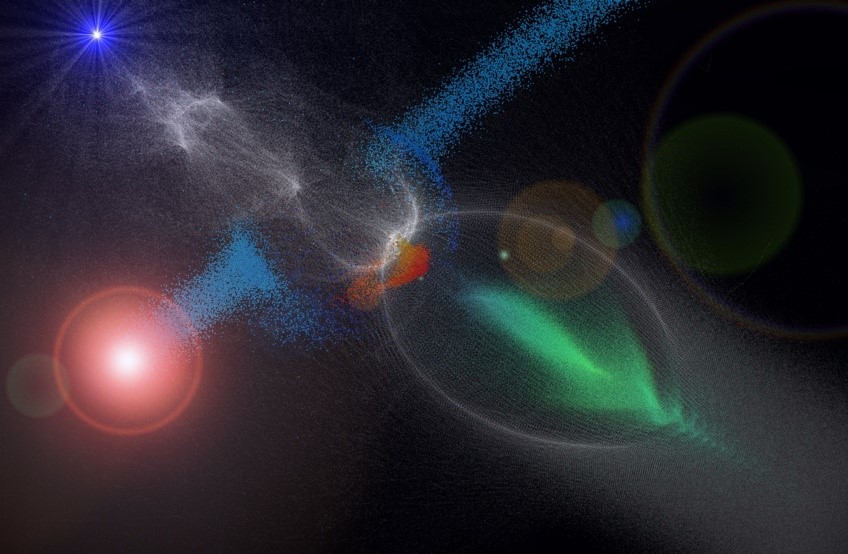A team of researchers led by the Cockcroft Institute’s Professor Bernard Hidding (University of Strathclyde) has developed a ground breaking technique that could produce an electron beam up to 10,000 times brighter than the most powerful beams today.

Known as the ‘E-210: Trojan Horse’, the technique involves releasing electrons from neutral atoms inside plasma, to produce a potentially much brighter, plasma-based electron source. Such an intense electron beam would make future X-ray lasers brighter, enhancing their scientific capabilities, and would be particularly applicable for use in our next generation of more compact, more powerful particle accelerators.
The experiment, published in Nature Physics, was carried out at the U.S Department of Energy’s Stanford Linear Accelerator Center (SLAC) in California.
Professor Hidding said: “Our experiment demonstrates the feasibility of one of the most promising methods for future electron sources and could push the boundaries of today’s technology by orders of magnitude.”
The researchers have also developed several auxiliary techniques, which would improve the quality and stability of their output beams, and to harness the technique for applications.
In a forward-looking, complementary project funded by STFC, Professor Hidding and colleagues from UK and US are already exploring the benefits to be expected from ultrabright and ultrashort electron beams for X-ray free electron lasers and other light sources at CLARA. In conjunction with further R&D at SLAC’s FACET-II facility, the Scottish Centre for the Application of Plasma-based Accelerators (SCAPA) and the Central Laser Facility (CLF), these ultrabright beams may eventually allow production of X-ray pulses short and bright enough to allow observation of electronic motion inside atoms and molecules on their natural timescale.
